Butterscotch Tartlets

Treat yourself and your loved ones to these simple yet scrumptious butterscotch tartlets. With sweet pastry crusts filled with sweet, creamy, and slightly salty butterscotch, they're sure to be the perfect addition to your next date night, picnic or gathering. If you're up for making your own tartlet shells this recipe will show you how and there's also the option to use store-bought tartlet shells if you want to make things even simpler. Either way, these tasty tartlets are sure to please any crowd.
Was butterscotch tart one of your favourite school dinner puddings? Then this tartlet recipe will be a lovely trip down memory lane. With all the flavours of a larger tart but with the added benefit of being bite-size and transportable. For more packable classic British baked treats take a look at my Shortbread Cookies or Bakewell Flapjacks.
The post contains additional information and helpful tips to ensure the recipe turns out great the first time. Please use the link above to jump to the recipe card at the end if you are in a hurry!
- Sweet, creamy, nostalgic, and comforting
- Bite-size and packable
- Quick and easy to make
- Make your own pastry or use store-bought tart cases
- Just 4 core ingredients in the pastry and filling
Making your own tart cases is easier than you think and requires just 4 core ingredients plus a pinch of salt. That said, store-bought tart cases can be a godsend if you're in a rush.
Butterscotch filling
With just 4 core ingredients, making the filling for these couldn't get any simpler:
- Unsalted butter: you can use salted butter too. You won't need to add any additional salt.
- Light brown soft sugar: I've tested a few types of sugar and got the best results with light brown soft sugar, but other light brown sugars like muscovado or demerara sugar will also work well. Some butterscotch recipes call for dark brown sugar, I personally found it a bit rich and treacly, but feel free to try it if it appeals. If you only have dark brown sugar, you could also mix it with some white caster sugar to make it less rich.
- Plain/all-purpose flour: this thickens the sauce and makes it the right consistency for a tart filling.
- Double cream: I found this gave the best consistency for a tart filling. Milk will also work, but the filling will be a little thinner.
I also like to add some vanilla extract (or essence) and a pinch of salt, but these are optional.
- Place the butter and sugar into a mixing bowl and rub together with your fingers until you get a breadcrumb-like texture.
Top tip:
2. Sift in the icing sugar and add the salt and egg yolk and continue to mix with your hands until combined. Add a little water (a teaspoon at a time) if the dough is a little dry and form it into a ball. Wrap in plastic wrap and leave to chill in the fridge for at least 30 minutes.
3. Place the dough onto a lightly floured surface and roll out to around 4mm/1/4 inch thick. Then cut into circles and place into tartlet cases or a tart or muffin tin. Repeat the process with the remaining dough.
4. Prick the bottom of each tartlet a few times with a fork and bake in the middle of the oven at 180°C or 350°F for 15-20 minutes until they begin to brown.
Butterscotch filling
- Place a saucepan on a medium heat and add butter. Once it's melted, stir in the sugar, then add the flour. Then stir in the double cream and leave to bubble for a minute or two until the sauce starts to thicken and remove from the heat. Then add the vanilla essence and salt if using.
2. Spoon some of the warm butterscotch filling into the baked tartlet cases and place in the fridge to chill for at least 3 hours.
If you want to serve with something extra on the side a scoop of vanilla ice cream, warm or cold cream, squirty spray cream or whipped cream all go nicely.
Here are a few more ideas if you want to change things up a bit:
- Nuts - sprinkle some plain or candied nuts on top before chilling.
- Coconut flakes
- Melted chocolate drizzle - milk, white or dark
- Chocolate pieces or grated chocolate
- Chill the pastry before baking - for at least 30 minutes. This will make it easier to handle, allows the gluten to relax and improves the texture and prevents it from overcooking.
- Prick the tartlet cases with a fork before baking - this allows the steam to escape and stops the pastry from puffing up in the oven.
- Fill the tarts when the sauce is still warm - the butterscotch will set quickly once removed from the heat.
Overbaking and under-hydrated dough are the two most likely causes. Make sure you bake the tart cases at the correct temperature and check them often to ensure they don't overbake. It's also worth checking the temperature of your oven using an oven thermometer to check the temperature is accurate.
There are a few things that can cause the pastry to collapse, including overworking the dough, adding too much liquid to the pastry, baking at too low a temperature and opening the oven door during baking. Make sure you add water to the pastry little by little, a teaspoon at a time, check your oven temperature with an oven thermometer and avoid opening the oven door during baking.
This can be caused by cooking the sauce at too high a temperature and not stirring enough during the cooking process. It can be tempting to place the pan on a high heat to melt the butter quickly, but this may cause the sauce to overcook. A medium heat is best for cooking butterscotch, and you need to stir continuously to get the best texture and consistency.
One of the key differences between butterscotch and butterscotch tart filling is the addition of flour. It allows the filling to set. Not adding enough flour or any at all will result in a runny sauce that doesn't set. It's also important that you allow the tartlets at least 3 hours of chilling time before eating. Make sure you refrigerate them, they will not set if left out of a warm environment.
The sauce can become lumpy if the flour is added at the wrong time. Make sure you wait for the butter and sugar to completely melt and then stir in the flour until smooth before adding the cream.
Butterscotch is sweet, rich and buttery and can also have a subtle vanilla flavour and a slight taste of salt depending on the ingredients used to make it. Butterscotch is used in a range of dessert recipes, and the sauce can also be used as a topping for fruit or ice cream.
What is the difference between caramel and butterscotch?Caramel and butterscotch are made with similar ingredients and share common flavours but there are a few key differences. When it comes to taste butterscotch is mild and creamy whereas the flavour of caramel is more intense. The cooking methods are also different. Butterscotch is cooked at a lower temperature and brown sugar butter and cream are cooked together. Caramel is cooked on a high heat to melt the granulated sugar before butter and cream are added.
Where did the butterscotch tart originate?The origin of butterscotch tarts is unclear, but they are believed to have originated in the United Kingdom, possibly in Scotland or Yorkshire. Butterscotch tarts gained popularity in the mid-20th century. They were also a popular school dinner dessert, commonly served with a dollop of squirty whipped cream.
Are baking beans/pie weights required when making tartlet cases?Some recipes for tartlet cases will suggest adding baking beans/pie weights or rice to prevent the pastry from puffing up in the oven. While this is necessary for larger tart/pie cases for tartlets a few pricks with a fork is sufficient.
Butterscotch tartlets will keep for up to 5 days and are best stored in an airtight tin in a cool place. They can also be stored in the fridge or frozen for up to 3 months. To freeze simply place them into a freezer bag or container with a piece of baking paper between each one to prevent them from sticking. Then defrost in the fridge or on the counter.
Flapjack Recipe (super easy & delicious)
All Butter Shortbread Cookies
Cherry Bakewell Flapjack (with yoghurt white chocolate topping)
Mini Egg Cookies
Did you try this recipe? It would be really great if you could leave a comment and a star rating ⭐️. I would love to receive your feedback and know that other readers find it helpful too.
Butterscotch Tartlets
Recipe details
Ingredients
Sweet shortcrust pastry (inspired by BBC Good Food)
- 150 g (1 1/4 cups) plain/ all-purpose flour
- 75 g ( 1/3 cups) unsalted butter fridge temperature, chopped into small cubes
- 50 g (7 tablespoons) icing sugar
- 1 egg yolk
- A pinch ( 1/8) tsp salt
Butterscotch filling
- 60 g ( 1/4 cup) unsalted butter (Note 1)
- 100 g ( 1/2 cup) light brown soft sugar (Note 2)
- 4 tsp flour
- 2.5 tbsp double cream (Note 3)
- 1/2 tsp vanilla extract (or essence) (optional)
- 1/4 tsp sea salt (optional)
Instructions
Sweet shortcrust pastry
- Heat the oven to 180C or 350F.
- Add the flour and butter to a mixing bowl and rub it together with your fingertips until the mixture looks like breadcrumbs.
- Then sift in the icing sugar and add the salt and egg yolk and continue to rub together with your hands until combined.
- Add a little water (one teaspoon at a time) if the pastry is too dry to form into a ball.
- Roll the dough into a ball, wrap in cling film and place it in the fridge for a least 30 minutes.
- Place the dough onto a lightly floured surface and roll out until around 3-4mm (⅛ inch) thick.
- Use a cutter to cut the dough into circles and place them into tartlet cases or a tartlet tin.
- Repeat these steps until all the dough has been made into tartlet shells.
- Prick the bottom of each tartlet shell with a fork a few times.
- Place the tarlet shells into the middle of the oven and bake for 15-20 minutes until they begin to brown.
- Allow them to cool in the tin or cases for 10 minutes and transfer to a wire rack to cool completely.
Butterscotch Filling
- Place a small saucepan on a medium heat and add the butter.
- Stir in the sugar when the butter is hot and completely melted, add the flour and continue to stir until smooth.
- Add the cream and stir for another minute or two until the sauce starts to thicken slightly and remove from the heat and set aside.
- Stir in the sea salt and vanilla essence if using and spoon the sauce into the tartlet shells.
- Chill in the fridge for at least 3 hours until the butterscotch has set. For best results allow to come to room temperature before serving.
Tips
- Unsalted butter: You can use salted butter instead but you won't need to add additional salt to the filling.
- Sugar: after testing a number of different sugars I found light brown soft sugar produced the best results, however, other light brown sugars like muscovado or demerara sugar will also work well. Some butterscotch recipes call for darker brown sugar, I personally found it a bit rich and treacly, but feel free to try it if it appeals. If you only have dark brown sugar, you could also mix it with some white caster sugar to make it less rich.
- Double cream: You can use milk instead (ideally whole milk) but the consistency of the filling will be a little thinner.
- Storage:
- The tartlets will keep for up to 5 days when stored in an airtight tin in a cool place. You can also keep them in the fridge in an air-tight container.
- If you need to store them for longer these mini-tarts can also be frozen for up to 3 months. Simply place them into a freezer bag or container with pieces of baking paper between them to prevent them from sticking together and defrost on the counter or in the fridge overnight.




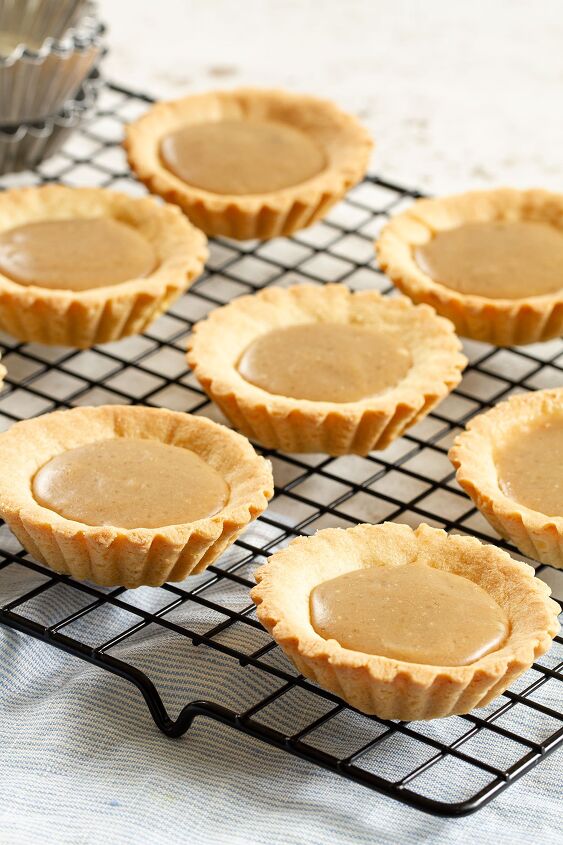













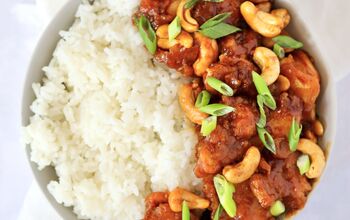


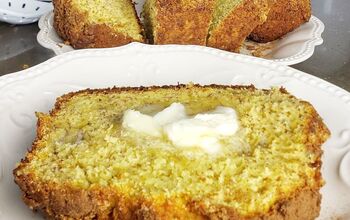

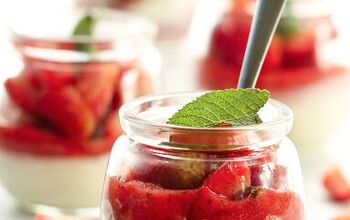

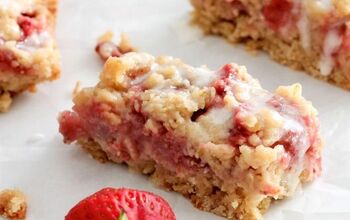
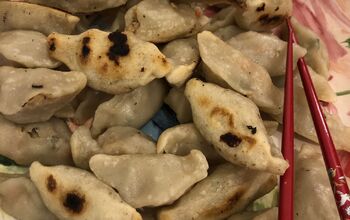
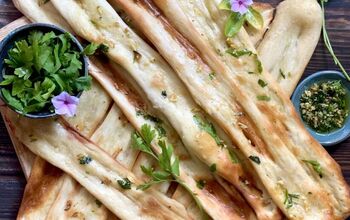
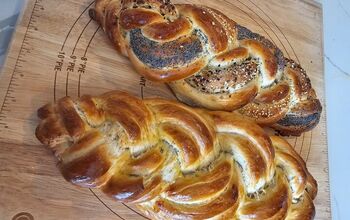
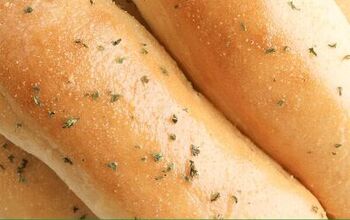





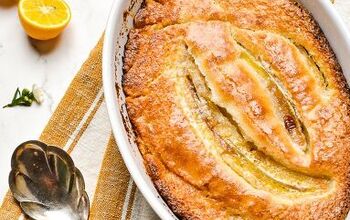

Comments
Share your thoughts, or ask a question!